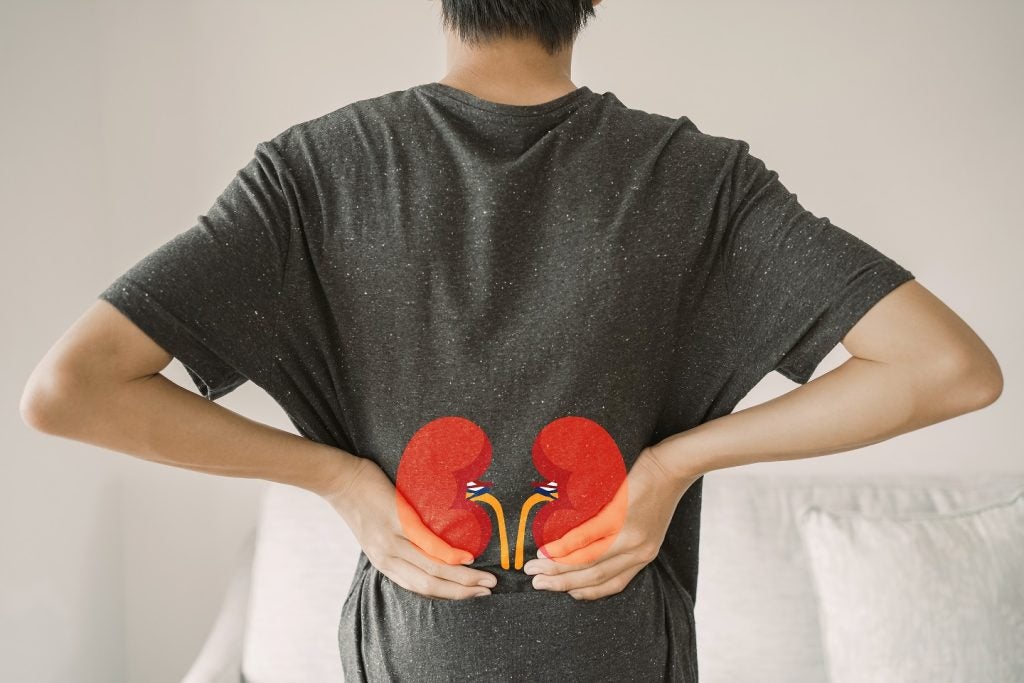
Over the past eight years, I’ve seen some trends with investigator brochures (IBs), which I view as very positive. They appear to be getting shorter, more clinically oriented, and increasingly similar to future package inserts. As one of the key tools to informing a clinical investigator about your product, I believe a clear and concise IB is essential to trial conduct. The IB is also essential to pharmacovigilance and is set in law as the go-to document for determining whether adverse events (AEs) are expected. Having a well-made IB helps sponsors comply with GCP guidelines and legal obligations in all regions.
Notable over the past few years have been the changes to how expectedness is determined for AEs and how they are presented in an IB. Where previously there was a lot of sponsor leeway to consider drug class-effects, or AEs due to underlying disease as expected, there is an increasing push to have clear, specific, and prospectively defined expected AEs. This trend is evidenced in the U.S. by the adoption of 21CFR312.32 in 2010, and the FDA Draft guidance on Safety Assessments in 2015. While providing additional guidance on how to determine and document expected AEs, the regulations in the U.S. still provide a large amount of sponsor discretion in this area.
The ‘Reference Safety Information’ section
The FDA regulations have been mirrored by updates in European guidance and regulation in 2011 and 2014, which are more detailed than in the U.S. They require the inclusion of a specifically labelled section called the Reference Safety Information (RSI) and provide more requirements on the content, format, and consequences of changing this section. Despite the increased specificity, the letter of the EU regulations and guidance still provide sponsor discretion in many areas.
After a large U.S.-oriented IB revision in mid-2017, my company ran into some issues with the IB review by regional health authorities in the U.K., Germany, and Belgium. This experience indicated to me that the expectations for content and formatting of the RSI may be codifying even further. Each of these authorities asked for a similar set of changes, which were highly specific and not fully outlined by current regulation or guidance.
While our IB was ultimately approved with small or no changes by each authority, these requests led to varying degrees of delay in trial conduct. It is of course uncertain whether these requests will become regulation in the future, or if they just represent some current EU regulatory authority thinking regarding RSI content.
How well do you really know your competitors?
Access the most comprehensive Company Profiles on the market, powered by GlobalData. Save hours of research. Gain competitive edge.

Thank you!
Your download email will arrive shortly
Not ready to buy yet? Download a free sample
We are confident about the unique quality of our Company Profiles. However, we want you to make the most beneficial decision for your business, so we offer a free sample that you can download by submitting the below form
By GlobalDataKey Considerations
I outline below what was requested by the authorities as this may help U.S.-based clinical operations personnel avoid similar pitfalls when revising the IB in the future. I do note that some of our EU regulatory consultants expressed concern with the first item prior to our submission. I would guess that EU experts are seeing some of these trends as well.
- The section had to be specifically labelled as the Reference Safety Information (RSI) in the document. While this requirement is clearly outlined in the EU guidance, in previous trials/IBs that were submitted just two years ago in the same jurisdictions, I had no issue explaining that an appendix with AE information was intended to be the RSI
- Authorities requested that only related serious adverse events were to be included in the RSI as expected. Previously I have had no issue showing AEs by grade, or by limiting the data in an RSI to grade 3 and higher AEs
- AE terms were requested to be MedDRA coded preferred terms, with both absolute and relative frequencies reported
- Serious adverse reactions (SARs) which occurred only once were generally not to be considered expected. This standard is well established by guidance in U.S. and EU. However, the EU authorities wanted this language specifically stated in the RSI section, and recommended that SARs occurring once be segregated or highlighted within the data somehow
Interpreted widely, it appears the EU is moving towards a model where the RSI is an account of previously submitted Suspected Unexpected SARs (SUSARs), rather than a broader set of safety data. I can see the advantage of this position as it highlights the most significant of safety events, allowing for better evaluation of serious risks. My one concern with this approach is that it leads future IBs to concentrate solely on the presentation SUSARs or SAEs, while down-prioritizing the general safety profile of a molecule. After all, if a drug causes a drastically increased rate of grade 2-3 nausea and vomiting, I’m sure all investigators and patients will be interested in knowing this.
The Best Approach
I believe the best approach going forward is to have an IB present a comprehensive list of all AEs observed to date by grade in an appendix, allowing for complete review of the safety data. Then if available I would include a comparison of AEs versus control in randomized trials, discussed in the body of the document to provide a strong analysis of safety signals.
Finally, I would create a well labelled RSI section either in the body or appendix of the IB which is specifically oriented for the determination of expectedness for SUSAR regulatory reporting requirements.
Jeff Nelson
VP Program Management
Mateon Therapeutics
References:
1) CFR Title 21, Chapter I, Subchapter D, Part 312 Subpart B, Section 312.32
2) FDA Draft Guidance; Safety Assessment for IND Safety Reporting December 2015
3) Official Journal of the European Union 2011/C 172/5 Section 7.2.3.2
4) EU Regulation 534/2014 Article 55, Annex III









Related Company Profiles
IB srl
Oncotelic Therapeutics Inc
RSI